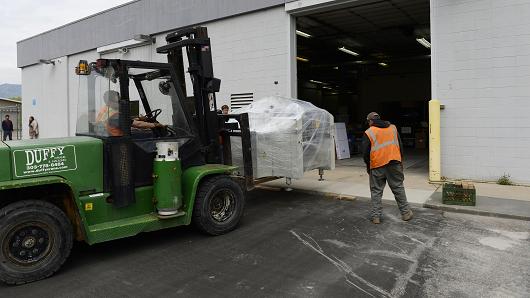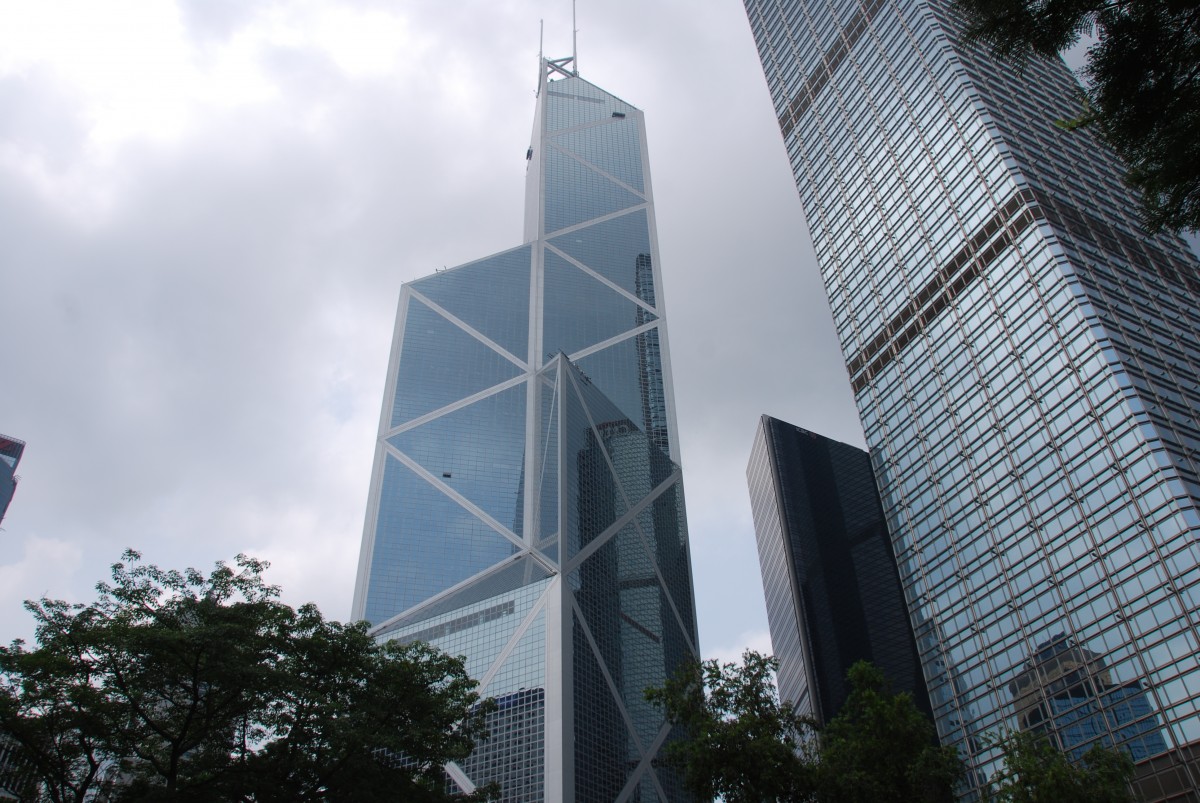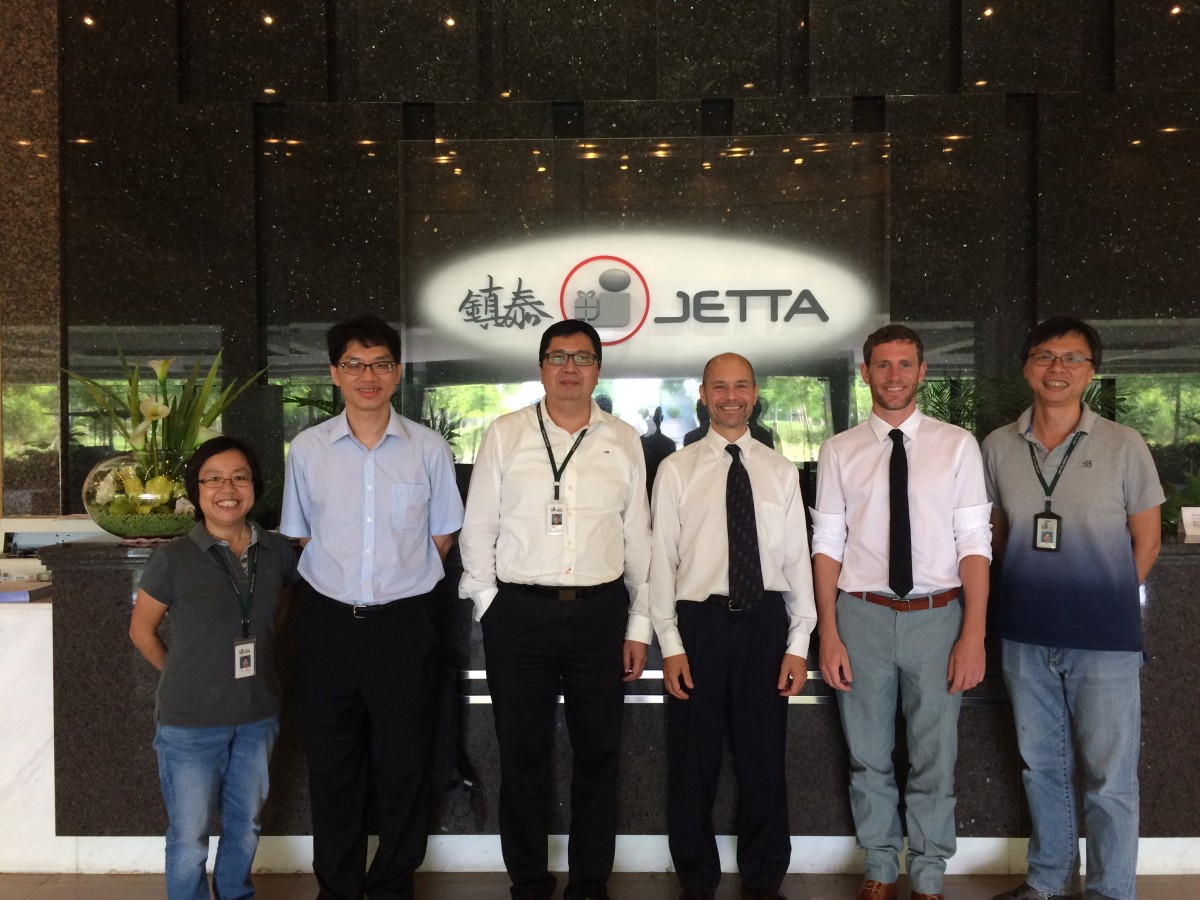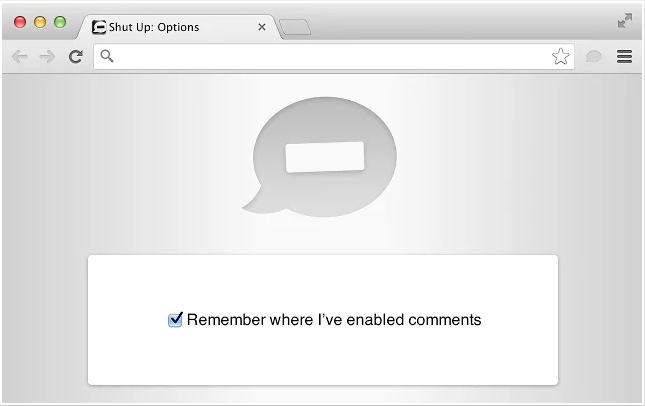What’s that, you say? The Elves in production are planning a coup? No, right now the elves appear to be happily building robots, listening to the Allman Brothers, and drinking coffee out of the new sippy cups we got in an attempt to reduce spills on the assembly line.
No, by COO, I mean Chief Operations Officer. We’re looking to hire the absolute best most amazing Chief Operations Officer alive. A what? A COO. Someone to run day-to-day operations at Modular Robotics. A description of the role from our little Roles and Responsibilities document:
The COO is responsible for managing day-to-day operations according to annual and quarterly projections. While the CEO sets the overall strategy, the COO carries it out and leads the directors of the Sales, Production, IT, Facilities, and Shipping teams to formulate their plans and execute on them. The COO is responsible for many metrics including margin, efficiency, production volume, and sales results across direct, reseller, and education channels.
This is a completely new position – we’re not replacing anyone, we’re creating the position from scratch. I’d like to tell you why.
Almost every week for the last six or eight years, I’ve been drawing this little chart in my notebook.
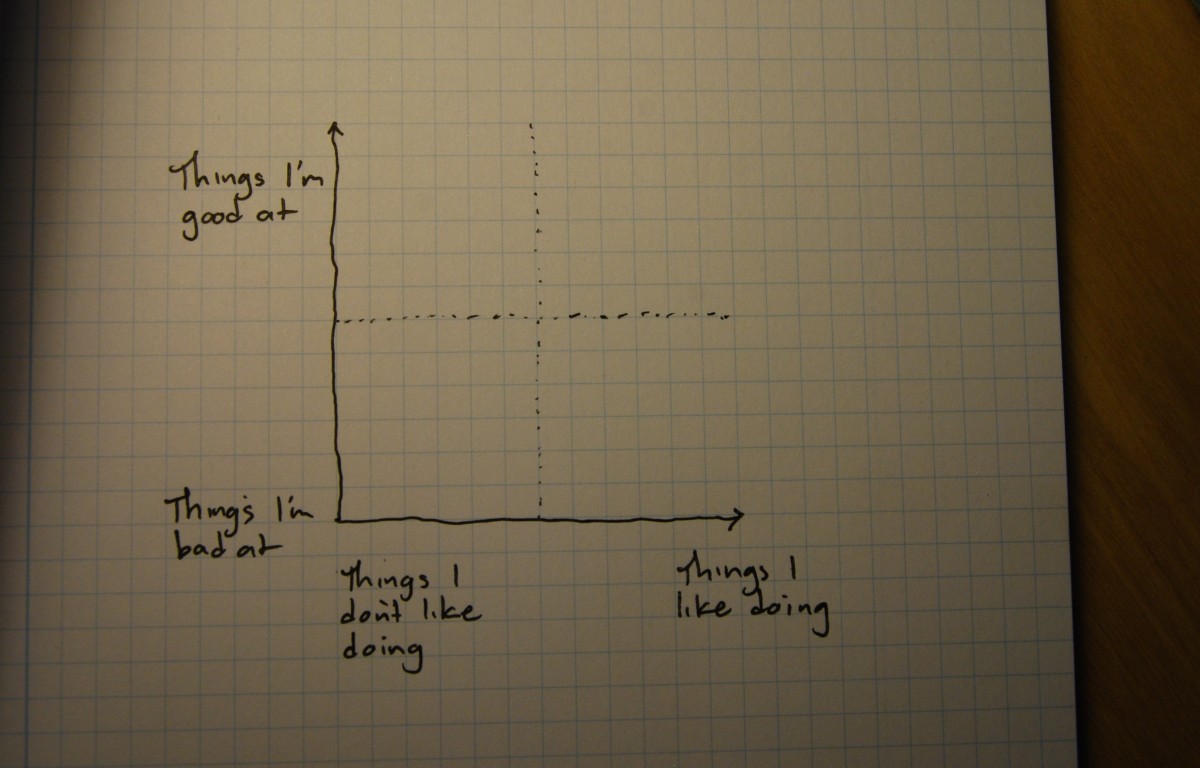
It’s a quadrant chart. I draw it and then work through what I did in the prior week putting little labeled dots into the quadrants. There, I spilled the beans. That little quadrant chart is my secret to productivity and happiness. No, really! As modbot has grown from 2 to 100 people, my job has changed a lot. When we were first getting started, I noticed I kept putting Accounting and Supply Chain tasks into the lower-left quadrant, so those positions were our first two hires and my chart changed dramatically the next week.
These days, the things that fall into my lower left quadrant all have to do with day-to-day management. I’m not very good at it, apparently (we still can’t make nearly enough tiny robots to satisfy demand) and I don’t particularly enjoy it. The worst part is that lately, I’ve spent all of my time working on operational matters because I suck at it and we’re not meeting our day-to-day, month-to-month production volume goals. Since I’ve been spending so much time working on the machine that is modbot, I haven’t focused much on where the machine is going: strategy, communication, financing, R&D, our tiny robot roadmap, and all of the other things that inhabit my upper-right quadrant. So: compounding negative returns = time for a change.
The notion that maybe I should find someone else to be modbot’s CEO has occurred to me. Maybe I was OK at the job for the first few years but modbot needs somebody different for the next few? My friend Nathan is doing this right now, and seeing him so excited to return to designing stuff, instead of managing stuff, induces a twinge of envy. I even brought it up with our Board of Directors, who counseled that I was probably the best person to lead the company, but that I might consider a strategic hire to take on some serious responsibility so that I can spend some more time in my upper right quadrant.
Many companies don’t have COOs. But Modular Robotics is an operationally intensive business. The processes and systems involved in making thousands and thousands of tiny robots are complex, serious, and demand focus and experience. So we’re looking for someone amazing. Somebody who has led a hardware company from millions per year to tens of millions. Somebody who I can completely trust to manage toward metrics and grow our operations while I focus on the other half. Wait, which other half?
Can we look at charts for a minute? Thanks. I really love charts. Here’s the first version of our org chart that I made with a COO added into the mix.

That org chart isn’t totally satisfying. It puts a COO in charge of Manufacturing, Sales, Finance, and Tech Ops, and puts me in charge of the rest: Engineering and Marketing. But it strikes me that the distinction between the two halves is not arbitrary, that it’s meaningful. The Operations half is running the machine, the other half, which figures out where the machine is going, is the Design half. Engineering designs products, Marketing designs media and materials, and our Product teams design experiences and educational activities. I like to consider these as tags, not as categories, because complex systems like Modular Robotics don’t map very well to getting put in little boxes, but here’s a second stab at our org chart where Design is green and Ops is blue.

I like this view. It’s a more helpful framework for me to think about the complex system that is modbot than a traditional business hierarchy (probably because I’m a designer, not a MBA). But it implies something inaccurate, which is that the heirarchy effectively isolates different tree branches. Sales goes up through COO but Marketing goes up through CEO. Sales and Marketing, in reality, work extremely closely together, but the chart makes it look otherwise. So I made one more attempt.

Perfect, right? OK, maybe the previous one is easier to understand. Where were we? Right, the COO position. It’s taken me a while to figure this out. I’ve read, I’ve journaled, and I’ve talked with a bunch of other CEOs, our investors, and my mentors. I particularly liked this article that identified four major failure patterns in the COO role. We’ve got the right reason, the right time, now we need to find the right person and make sure we have the right support structures in place. This isn’t a role that we’ll post an ad on craigslist for, in fact, I’m not even going to put up a normal job posting for it. Are you the right person? Do you know the right person? Drop me a note!

